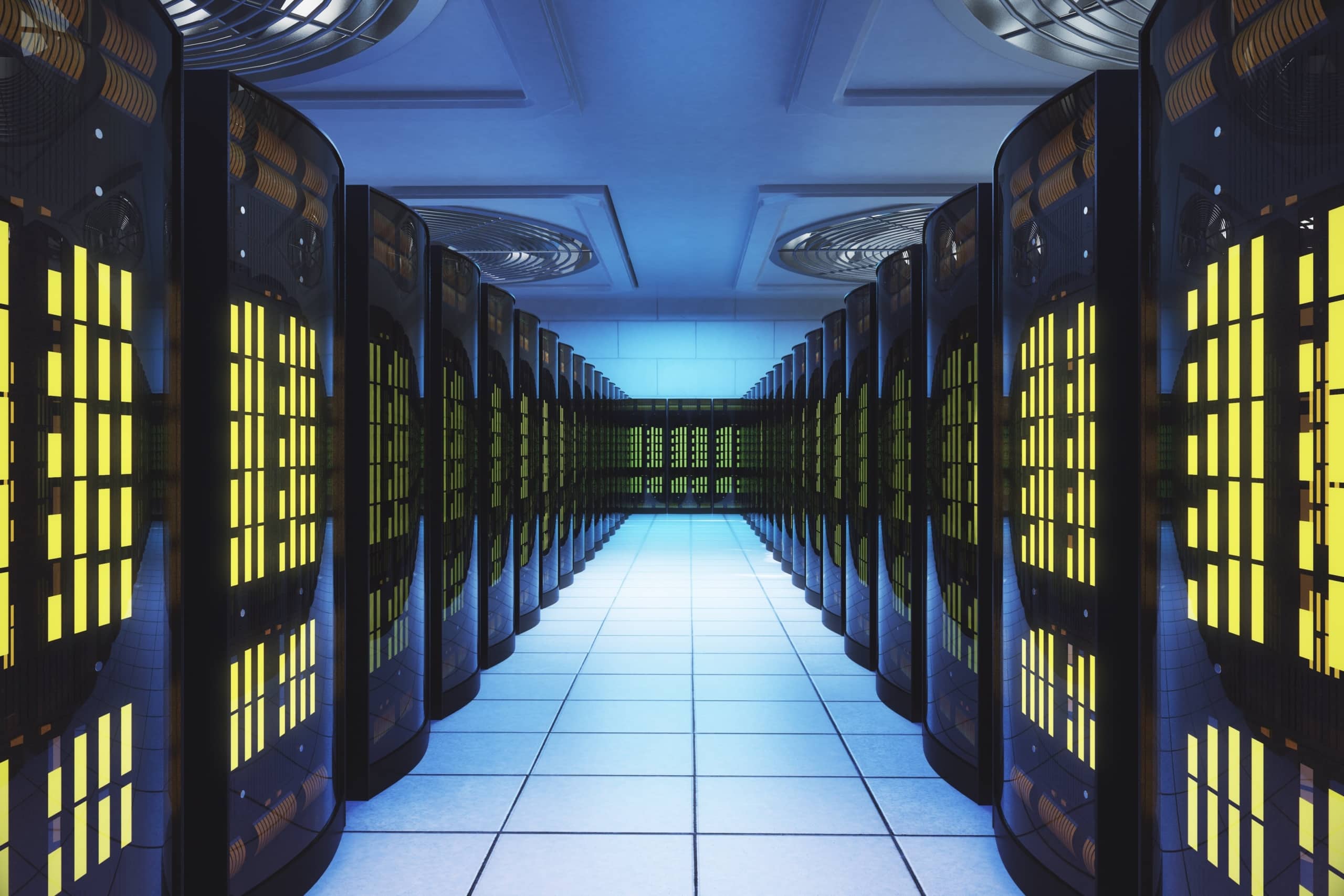
Episode summary: Here on the AI in Industry podcast, we’ve heard AI experts explain how high-performance computing (HPC) has enabled everything from machine vision to fraud detection. In this week’s episode, we speak with Paul Martino, Managing Partner at Bullpen Capital, about which industries and AI applications will require high-performance computing most.
Paul also adds some useful tips for business leaders on how to prepare for the coming AI-related developments in hardware and software.
Subscribe to our AI in Industry Podcast with your favorite podcast service:
Guest: Paul Martino, Managing Partner Bullpen Capital
Expertise: Venture capital, startups, high-performance computing
Brief recognition: Paul earned a Bachelor’s degree in mathematics and computer science from the Lehigh University and went on to gain a master’s degree in computer science from Princeton University. He was the CTO and founder of Tribe and the CEO and Founder of Aggregate Knowledge (acquired by Neustar). Paul founded Bullpen capital 8 years ago.
Big Idea
Paul points out that in the last two years, Moore’s law for graphical processing units (GPUs – often used in machine learning applications requiring parallel computing power) is happening faster than for regular central processing units (CPUs – the compute resources in most everyday PCs or Macs).
Paul points out that new machine learning demand is likely to result in a much greater demand for high-performance computing resources in a variety of industries. Some of these data-rich, machine learning-compatible industries include:
- Oil and gas exploration and discovery
- Targeted advertising
- Drug discovery
Paul seems to suggest that many applications in these industries are the bridge between AI and HPC. Without the changes to the hardware structure in these applications, Paul believes that enabling the implementation of more complex AI algorithms might not be possible in the industries that need them most.
The problem has to do with more than just GPU hardware:
“Today, it is often the case that businesses are not bound by the compute resources their GPUs but rather by the I/O backchannel to get the datasets from place to place (the data and the GPU need to be in proximity for the computing to be possible at scale) … Moving the data may be a bigger problem than performing the computation on it.
Using a cloud data service seems like an obvious solution, but what most executives might not realize is that the I/O access time to the cloud is too slow for the AI algorithms to functions and data is distributed across multiple datacenters with even more latency.“
Paul adds that one of the emerging AI applications in this field today is along the lines of what companies can do to predict which data packet they might need to access from the cloud in advance and ‘pre-cache’ the data to make sure it is optimally shared at the right GPU at the right time.
For now, the mission-critical applications where HPC may find immediate use seem to be in those sectors which are large enough to invest in such cutting-edge technology. Paul believes that we are starting to witness a ‘consumerization of AI’, and he expects to see more and more AI products and services catering to the individual customers in the future.
He goes on to say that small and medium enterprises can get a sense of what might be coming by looking at the systems upgrades are being undertaken by the established firms on the bleeding edge. He suggests that looking at what the larger firms are being forced to do compute-wise may serve as a ‘crystal ball’ as to what might trickle down to smaller companies in the next two to five years.
Interview Highlights with Paul Martino from Bullpen Capital
The main questions Paul answered on this topic are listed below. Listeners can use the embedded podcast player (at the top of this post) to jump ahead to sections they might be interested in:
- (1:50) What has actually changed in high-performance computing to enable AI capabilities?
- (4:01) Where will high power computing matter, specifically in which industries will be mission-critical to upgrade computing power?
- (12:30) What can businesses who need HPC today do to ensure a successful integration?
- (15:25) What can smaller businesses expect in terms of HPC in the near future?
Subscribe to our AI in Industry Podcast with your favorite podcast service:
Header image credit: Adobe Stock











